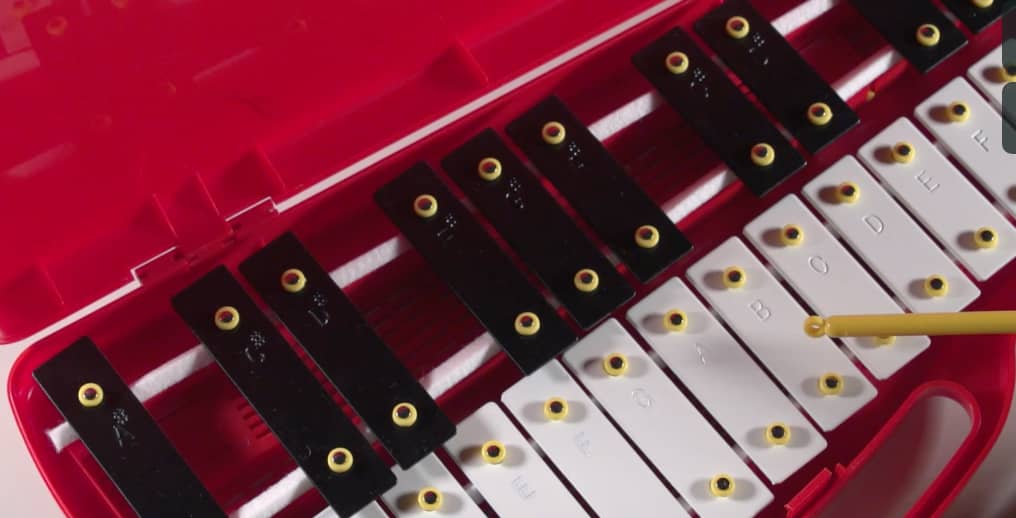Music: Key Stage 1
Lesson plans and teacher videos to instill confidence in your teaching of Music.
Important note
Please note that the Year 1 and 2 units have been refreshed for 2024/25. The previous versions will remain accessible until the end of the 2025/26 academic year. For more details, refer to our Music: Long-term plan.
Useful resources for teaching Music
Useful resources for teaching Music
Choose your topic
We make teaching music simple with engaging lessons based on popular themes, from animals and seaside to to space and superheroes, all supported by teacher videos. We recommend you teach the units in the order they appear here. See our planning resources for further information.
Year 1
List of resources required for all topics
Year 2
List of resources required for all topics

